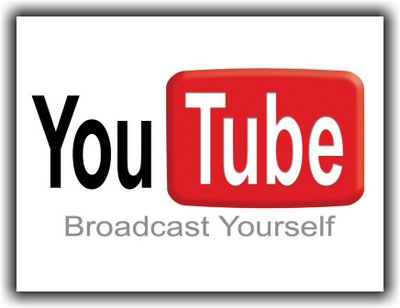
I try to look for trends with my students around technology, which is why I am periodically giving them surveys to gather data about them, as a class. I’ve been posting about how we have been talking about cyberbullying in our Digital Life unit. We covered a lot of ground — mostly, how to address an issue if it happens to them and what to look out for. In the past, when I have asked where this kind of cyberbullying behavior might take place, the majority response was “instant messaging.”
Not this year.
This year, when I asked where they see this kind of behavior, the response from my sixth graders was immediate and loud: YouTube.
Many of them have their own YouTube accounts, or at least, they spend a heck of a lot of time there, watching videos. And they have clearly noticed how the comment section on videos has become a breeding ground for insensitivity, rudeness, profanity, bullying and more. One student said that a certain somebody (not anyone he knows) always puts a raw comment on his videos. Another student laughed off a remark left by someone, but it was too profane to share in class. A third said people “attack him at YouTube” for his videos around gaming. And if you just wander around in YouTube, it is clear that the kids are right about their impressions of YouTube, and it’s no wonder so many schools and teachers fear YouTube.
To their credit, YouTube and Google have a page on YouTube called Harassment and Cyberbullying that defines the problem and gives out some practical solutions (but who reads that kind of informational page other than teachers and parents? There is a another page for teachers, too, at YouTube that is also worth checking out).
Some of the ideas by YouTube on dealing with bullying:
- Block users whose comments are offensive
- Don’t respond to negative comments, as it often inflames the situation
- Moderate all comments before they show up in public
- Turn off the comments in the setting of the video
- Report abuse to YouTube (they do have a Safety and Abuse Reporting Tool)
For teachers who want to share videos from YouTube in the classroom, but want to avoid students seeing the comments and also other video previews, I suggest using Quiet Tube — which shuts off and hides everything except the video itself. It’s a wonderful tool that I use all the time when tapping into YouTube for its rich resources.
Finally, there is a “safety” switch at the bottom of the YouTube browser, which is designed to filter out inappropriate videos. (You have to look for it — it’s in the bottom menu area). YouTube doesn’t claim that it is 100 percent effective, but it is worth “turning on” if you are using YouTube at school, or at home with your children. That, plus some helpful knowledge, might go a long way to avoiding an uncomfortable and unfortunate situation for your students, and mine, too.
Peace (in the tube),
Kevin
Thanks for these tips, Kevin. I didn’t know about Quiet Tube or the safety switch. I’m going to experiment with them right now!
Lynn